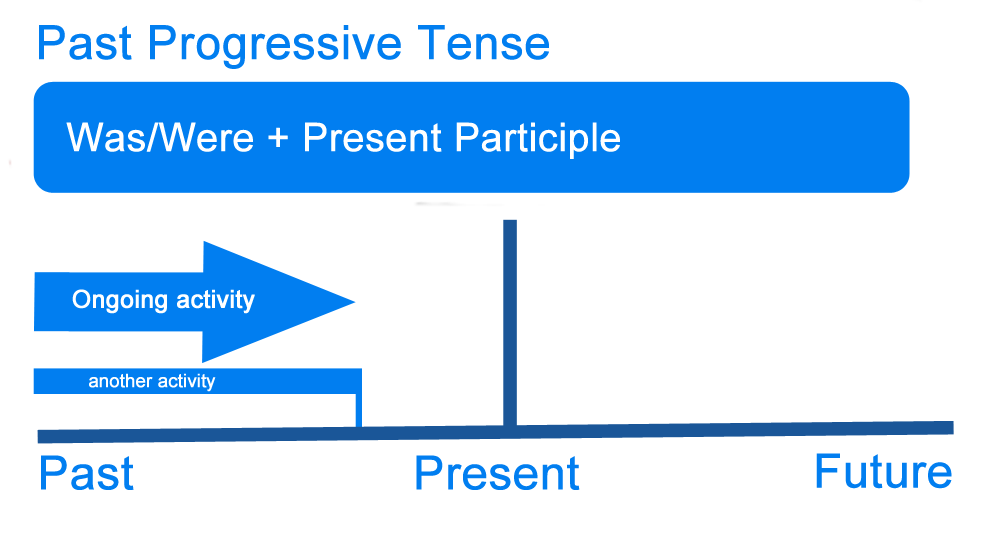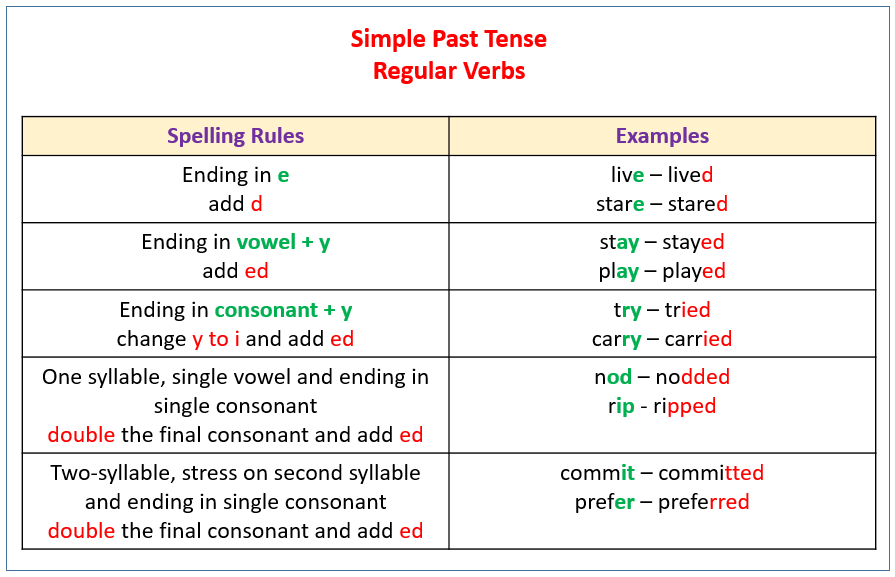Listado de Phrasal Verbs con traducción al español
Los Phrasal Verbs son verbos a los que acompaña un adverbio (phrasal verb) o preposición (prepositional verb) modificando el sentido del verbo al que acompañan.
Estas expresiones se forman combinando verbos con preposiciones o con adverbios. El significado de estos verbos compuestos puede ser muy distinto al que podríamos deducir del significado individual del verbo y preposición (o adverbio) de los que se compone. La importancia de los phrasal verbs radica en que tienen un uso muy común en inglés. Ten presente también que un mismo phrasal verb puede tener varios significados. En este apartado, dispones de una lista de los principales phrasal verbs en inglés con su traducción o equivalencia al español que puedes también descargar gratis en PDF. Accede a una recopilación completa de los principales Phrasal Verbs en inglés explicados en español (con ejemplos e imágenes). |
 | *Practica los phrasal verbs con Ejercicios resueltos de Phrasal Verbs. |
| ADD UP | totalizar | ADD UP TO | alcanzar un total | |||||||||||||||||||||||||
| ANSWER BACK | contestar de malos modos | ANSWER FOR | responder de | |||||||||||||||||||||||||
| ASK ABOUT | preguntar por (un asunto) | ASK AFTER | preguntar por la salud | |||||||||||||||||||||||||
| ASK FOR | pedir, preguntar por | ASK UP TO | pedir hasta (un precio) | |||||||||||||||||||||||||
| ASK BACK | invitar a volver | ASK DOWN | invitar a bajar | |||||||||||||||||||||||||
| ASK IN | invitar a entrar | ASK OUT | invitar a salir | |||||||||||||||||||||||||
| ASK UP | invitar a subir | |||||||||||||||||||||||||||
| BACK AWAY | retroceder | BACK OUT | volver atrás | |||||||||||||||||||||||||
| BACK UP | reforzar | BE ABOUT | estar por (un lugar) | |||||||||||||||||||||||||
| BE AWAY | estar fuera | BE BACK | estar de vuelta | |||||||||||||||||||||||||
| BE FOR | estar a favor de | BE IN | estar en casa | |||||||||||||||||||||||||
| BE OFF | irse, estar apagado | BE ON | estar encendido | |||||||||||||||||||||||||
| BE OUT | estar fuera | BE OVER | estar acabado | |||||||||||||||||||||||||
| BE UP | estar levantado | BEND DOWN | agacharse | |||||||||||||||||||||||||
| BEND OVER | inclinarse | BLOW AWAY | llevarse (el viento) | |||||||||||||||||||||||||
| BLOW DOWN | derrumbarse por el viento | BLOW OFF | dejar salir (el vapor) | |||||||||||||||||||||||||
| BLOW OUT | apagar (se) (una llama) | BLOW UP | volar (con explosivos) | |||||||||||||||||||||||||
| BREAK AWAY | soltarse English Exercises > exercises > SO, SUCH, TOO, ENOUGH
| |||||||||||||||||||||||||||








